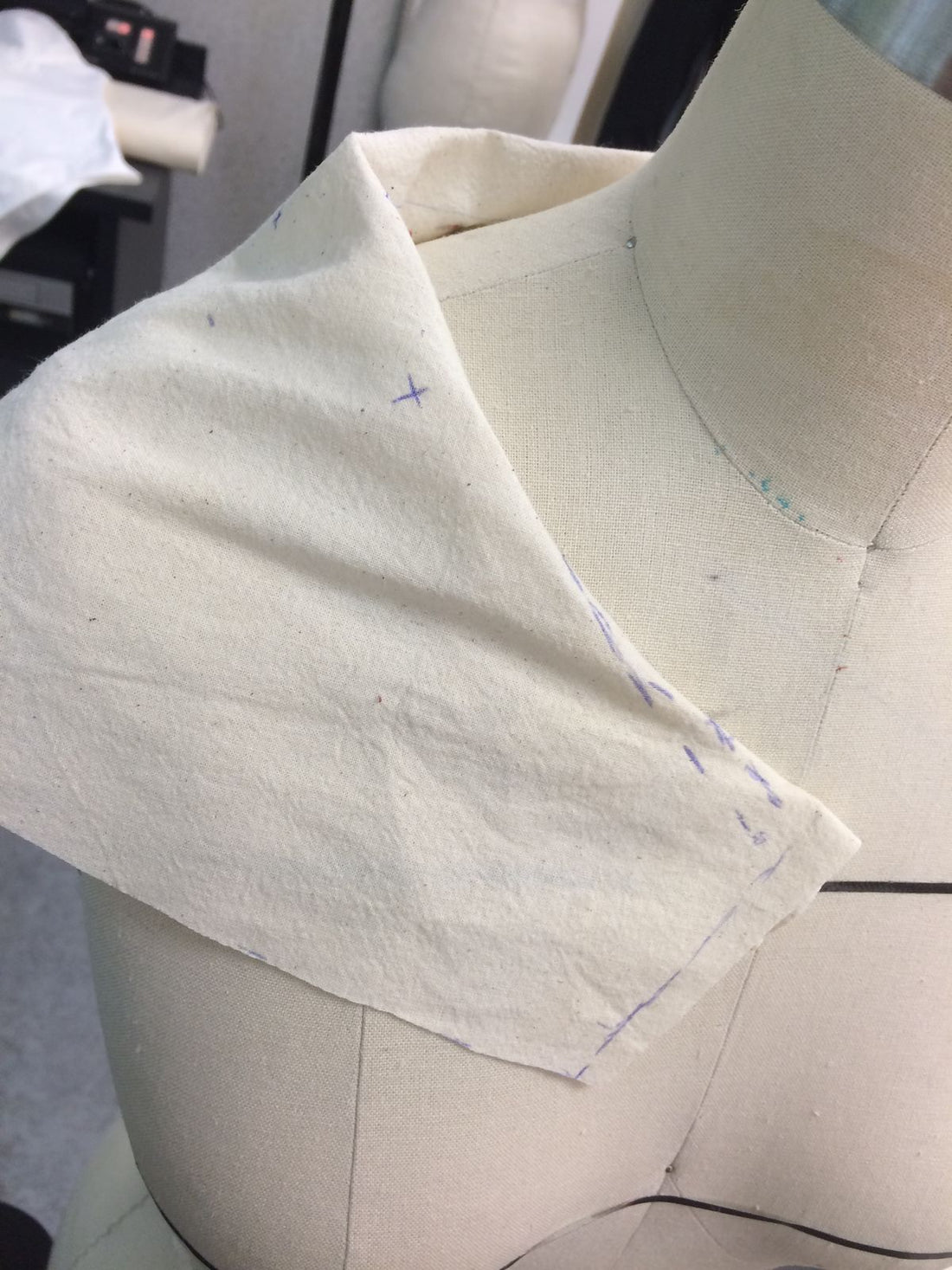
How to Start Sewing: Beginner’s Guide to Supplies, Patterns & Fabrics
I often hear the same questions: “Where do I even start if I want to sew my own clothes?” “What supplies do I need?” “Which fabrics and patterns are best for beginners?” Since so many of you are curious, I decided to share my sewing journey, along with a practical guide for anyone just starting out. By the end of this post, you’ll know what tools are essential, where to look for patterns and fabric, and my top five tips to make sewing easier and more enjoyable.
The Essential Supplies for Beginners
To begin sewing, you don’t need a studio full of tools — just a handful of basics:
- A sewing machine. If you don’t have one, ask around — sometimes a family member or friend has an unused one to lend. Buying secondhand is also a great option.
- Fabric scissors. Keep them sharp and use them only for fabric.
- Pins or clips. To hold your fabric pieces securely while sewing.
- A measuring tape or ruler. For checking body measurements and pattern adjustments.
- A seam ripper. A beginner’s best friend when mistakes happen (and they will!).
- Fabric chalk or washable marker. For temporary pattern markings.
- An iron and ironing board. Pressing each step makes a huge difference in the final look.
Depending on the project, you may also need notions: elastic, buttons, zippers, or bias tape. These can often be found inexpensively at thrift shops or in “sewing bundles” online.
💡 Tip: Keep a small sewing notebook or journal. Write down the pattern name, fabric used, and any alterations or lessons learned. This will save you time if you make the same pattern again.
Finding the Right Patterns
When I first started, I only knew about the big commercial brands sold in fabric stores — Butterick, McCall’s, Simplicity, Vogue. They’re still around, but today the world of independent designers has exploded. Indie patterns often feel more modern, come with detailed instructions, and many are perfect for beginners.
If you’re just testing the waters, look for free patterns offered by fabric stores or online magazines. They’re a fantastic way to practice without committing to a big investment.
Or you can also rely on my patterns. They aren’t free, but cost very little (currently just over $5). Some of them already have a sewing guide on YouTube, so you’ll have no questions left, even as a beginner.
Or some beginner-friendly projects include:
- Loose-fit trousers or pajama pants with elastic waists
- Simple tank tops or camisoles
- Relaxed shift dresses that don’t require zippers or complicated closures
As you build confidence, you can explore more structured designs with darts, collars, or button plackets.
Choosing Fabric
Fabric choice can make sewing either a dream or a struggle. For your first garments, start with woven natural fibres such as cotton or linen. These fabrics don’t slip around as much and are easier to control under the machine.
Here are some options for sourcing fabric:
- Online shops — Many small businesses ship internationally and carry sustainable fibres like hemp, linen, or organic cotton.
- Local fabric stores — A good place to feel fabrics in person and get advice.
- Thrift stores and secondhand shops — Excellent for affordable fabric, curtains, or bed linens that can be repurposed for practice.
💡 Consider making a muslin (toile): a test version of your garment in inexpensive fabric. This lets you practice the construction steps and adjust the fit before cutting into your “real” fabric.

My Top 5 Sewing Tips for Beginners
- Keep it simple. Don’t start with a complicated jacket or fitted dress. Elastic-waist pants or a basic top are perfect first projects.
- Practice first. Before sewing your garment, test stitches on fabric scraps to get a feel for your machine.
- Read the pattern carefully. Go through all the instructions before you cut your fabric. It will help you avoid surprises along the way.
- Try on as you go. Sewing is easier if you check fit after each major step rather than waiting until the very end.
- Be patient and enjoy. Mistakes are normal. Take your time, learn from them, and celebrate your progress.
Final Thoughts
Learning to sew isn’t about perfection — it’s about creativity, patience, and the joy of making something with your own hands. With just a sewing machine, a simple pattern, and a piece of fabric, you can create clothing that reflects your style.
The best advice I can give: just start. Pick a beginner-friendly project, gather your supplies, and sew. Every stitch teaches you something new, and each project brings more confidence.
If you’ve been waiting for the right moment — this is it. Your sewing journey can begin today, and I promise, it’s one of the most rewarding hobbies you’ll ever take up.
